India’s capital, New Delhi, lies on the Indo-Gangetic Plain, within the National Capital Territory of Delhi. Made up of the ancient walled city of Old Delhi and the more modern sector, New Delhi, the city encompasses a staggering array of beautiful buildings, including three UNESCO World Heritage Sites – the grand, sandstone Red Fort, striking Qutab Minar, and fascinating Humayun's Tomb. Architecture enthusiasts will delight in the iconic Lotus Temple. Hear ‘qawwalis’ (devotional music) at the dargah (tomb) of the Sufi saint Nizam-ud-din Auliya; or wander through the 17th century Chandni Chowk marketplace – still one of the city’s most popular retail centres today, famous for its traditional jewellery and saris. The gorgeous Sunder Nursery and Lodi Garden provide calm, flower-filled oases for picnicking.





Fringed by the rugged Aravali Hills, Jaipur, nicknamed the ‘Pink City’ for its salmon-hued terracotta buildings, is the capital and largest city in the Rajasthan State. This metropolis combines tradition and modernity with its vibrant bazaars, lavish palaces, and ancient temples. Don’t miss the fairy-tale splendour of the Amber Fort, set against the backdrop of the arid landscape and hosting enthralling sound and light shows; the UNESCO-listed Jantar Mantar, a collection of 300-year-old astronomical tools which look like contemporary art; and the opulent City Palace, with its palatial structures, sprawling gardens, and atmospheric courtyards. Jaipur falls within the Golden Triangle, a popular tourist circuit, which includes Delhi, Jaipur, and Agra, and it also serves as a gateway to the neighbouring desert cities of Jaisalmer and Jodhpur.
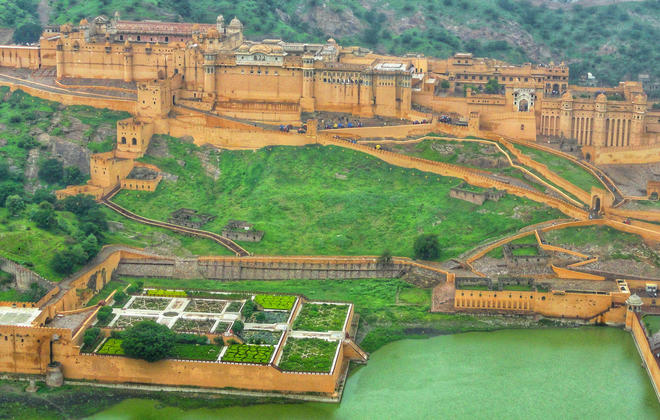
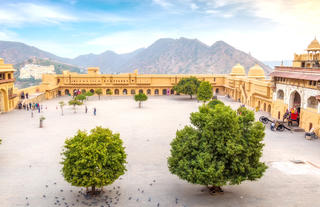

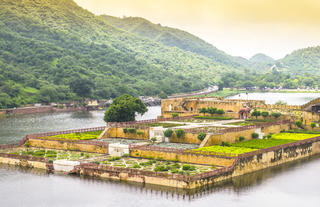

Set on the banks of the Yamuna River in Uttar Pradesh, Agra is a beautiful city famous for its incredible Taj Mahal building, one of the seven wonders of the world. Commissioned by the Mughal emperor Shah Jahan in the 15th century as a memorial to his beloved wife Mumtaz Mahal, this is an architectural masterpiece of exquisite craftsmanship and perfect proportions. The city boasts numerous other superb attractions, including the red-hued sandstone Agra Fort, built in the 16th century; the Shahi Jama Masjid mosque, a 17th-century congregational mosque located in the historic core of Agra, and Itmad-ud-Daulah’s tomb, with its white marble facade embellished with intricate inlaid designs, also called the' Baby Taj'.





An ancient and deeply sacred city, Varanasi rests along the banks of the holy River Ganges and encompasses a wealth of beautiful riverside temples, stately old forts and vibrant markets. It’s considered the spiritual capital of Hinduism, and it’s widely believed that dying here will bring salvation. As a result, the city is home to a multitude of ghats – stone steps leading to the river –some of which are used for bathing rituals and others as cremation sites. An early morning boat ride along the Ganges offers an excellent way to take in the ghats and the bustling activity centred on them.
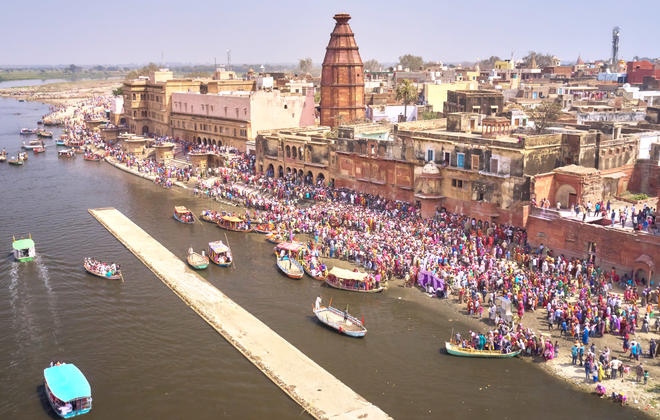
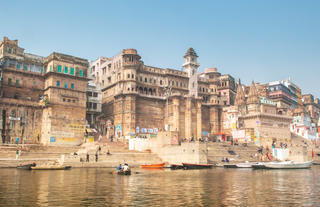
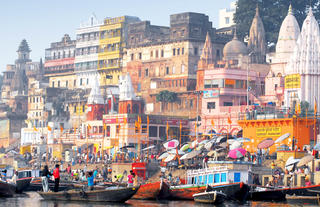
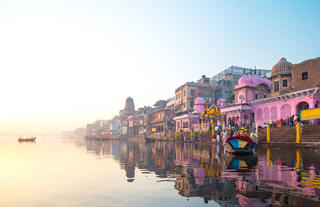
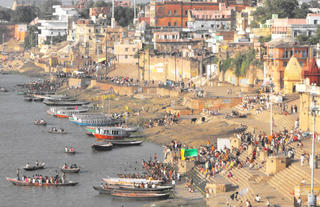
Set within the heart of Assam state in India, Kaziranga National Park is one of the last areas in eastern India undisturbed by human presence and inhibited by the world's largest population of the renowned one-horned Rhinoceros. This world heritage site, bordering the southern banks of the Brahmaputra River, boasts many protected wildlife species, including one of the largest populations of tiger in the world, as well as large breeding populations of elephant, water buffalo, swamp deer and an abundance of birdlife. The extensive grasslands, forested highlands, marshes and flood plains are a wildlife and nature lover’s paradise. Don't miss out on an Elephant Safari, as it is the best way to get up close and personal with the park’s famous rhinoceros.

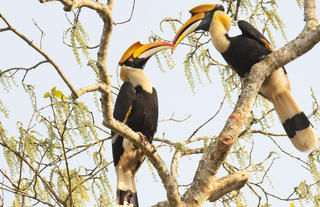
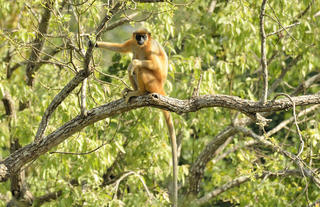
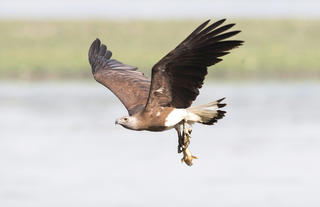
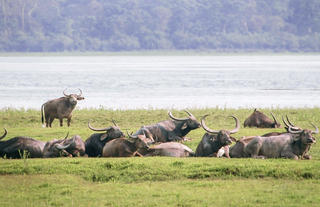
Stretching across the fertile Brahmaputra river valley, Assam is an agricultural oasis of rolling rice terraces and emerald tea estates set against a network of lakes and tributaries. The region’s expansive reaches take in several spectacular wildlife preserves, including two World Heritage Sites – Manas and Kaziranga. Thanks to successful conservation initiatives, its parks and sanctuaries are teeming with biodiversity and home to some of India’s most endangered creatures, including the one-horned Indian rhinoceros, Pygmy hog, tiger and Asian elephant. Assam is also culturally rich, with a multiplicity of ethnic groups, languages and religions, and several ancient temple sites.





Majuli, also referred to as Majoli, rests along the mighty Brahmaputra River’s ever-changing sandbanks and is famously known as being the first river island to be established within a district in India. This delightful oasis is home to two modest towns; Kamalabari and Garamur; as well as many small communities. Perfectly situated for travellers seeking an ‘off-the-beaten-track- experience, Majuli is a destination of unparalleled beauty and tranquillity, boasting fertile and diverse agricultural lands, with as many as 100 varieties of rice strains grown; a bustling fishing culture; and free-roaming livestock. Those visiting this picturesque island can enjoy the many lovely sites of worship or a leisurely boat trip down the river. Among the scenic surroundings are the Dakhinpat Satra and the wonderous Molai Forest Reserve.









